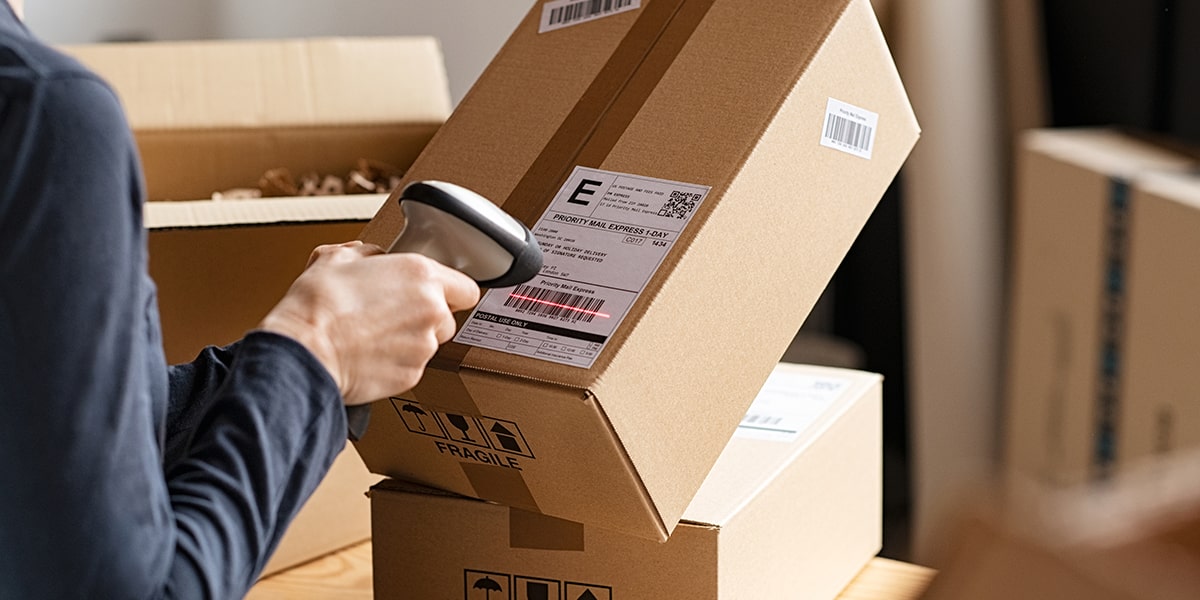Temperature Cycling Testing of Packaging Integrity
In the consumer products and product safety sector, ensuring that packaging maintains its integrity during various environmental conditions is crucial. Temperature cycling tests are essential to simulate real-world scenarios where packages may encounter fluctuating temperatures. This test evaluates how packaging materials withstand extreme temperature changes, thereby confirming their suitability for safe product transportation and storage.
During this process, samples of the packaging material undergo repeated cycles of temperature variation within a controlled environment. The primary objective is to assess whether the packaging can retain its structural integrity, seal strength, and barrier properties under these conditions. This testing is particularly important in industries where products are exposed to diverse climates, such as pharmaceuticals, electronics, and food and beverage.
For instance, temperature cycling tests help ensure that a pharmaceutical company's medication does not degrade or lose efficacy due to packaging failure during transportation from manufacturing plants to retail outlets across different regions. Similarly, for electronic devices, the integrity of the packaging is critical to protect sensitive components from heat-related damage.
The testing process involves placing samples in a temperature-controlled chamber where they are subjected to controlled temperature changes over time. The cycles mimic real-world conditions such as shipping from cold climates to hot ones and vice versa. This rigorous evaluation helps manufacturers identify potential weaknesses early, allowing for necessary improvements before product release.
Accurate instrumentation is vital for effective temperature cycling testing. Instruments like thermal chambers with precise temperature control capabilities are used to ensure that the samples experience consistent environmental changes. The duration of each cycle can vary depending on the specific requirements set by industry standards or customer specifications.
The acceptance criteria for this test depend largely on the type of packaging being evaluated and its intended use. Typically, the integrity of seals and overall structural soundness is checked after completion of all cycles. If any leakage, distortion, or failure to maintain seal strength occurs during testing, it indicates that further modifications are needed in either material selection or design.
Understanding the applied standards can provide insight into what constitutes successful completion of these tests. For instance, ASTM D7092 specifies procedures for conducting accelerated temperature cycling tests on packages containing liquids. Similarly, ISO 8156 provides guidelines for testing packaging materials exposed to thermal shock. These international standards play a crucial role in ensuring that the results from such tests are consistent and reliable across different laboratories worldwide.
From an environmental perspective, these tests contribute positively by helping reduce waste and promote sustainable practices within the industry. By identifying flaws early through rigorous testing procedures, manufacturers can minimize material usage without compromising product safety or quality. Additionally, this approach supports longer-lasting products that require less frequent replacement, ultimately leading to reduced environmental impact.
Moreover, compliance with relevant regulations ensures that packaging meets all necessary requirements for safe transport and storage of goods. This not only protects consumers but also helps businesses avoid potential legal issues associated non-compliance.
Applied Standards
| Standard Number | Description |
|---|---|
| ASTM D7092 | Procedure for Conducting Accelerated Temperature Cycling Tests on Packages Containing Liquids. |
| ISO 8156 | Testing of Packaging Materials Exposed to Thermal Shock. |
Environmental and Sustainability Contributions
- Identification of packaging weaknesses early on through comprehensive testing ensures that only robust designs reach the market, reducing the frequency of product recalls due to quality issues.
- Promotes sustainable practices by encouraging manufacturers to use more durable materials and optimize package sizes, thereby minimizing waste.
- Enhances consumer safety by ensuring that products remain safe throughout their lifecycle, from production to disposal.
Use Cases and Application Examples
The application of temperature cycling tests is extensive across various industries. Here are a few notable examples:
- Pharmaceutical Industry: Ensuring that drug formulations remain stable during shipment under varying temperature conditions.
- Electronics Sector: Verifying the durability of circuit boards and other sensitive components in extreme environmental temperatures.
- Food & Beverage Industry: Guaranteeing that food products maintain freshness and safety standards even when exposed to fluctuating storage environments.
In all these cases, temperature cycling tests play a pivotal role by providing critical data on how packaging performs under stress. This information guides continuous improvement efforts aimed at enhancing both product integrity and consumer satisfaction.





